A zero waste lifestyle: Lithuanian made SOLIDU shampoo bars
With many people starting to focus more on sustainability and reducing their carbon footprints, it’s no surprise that shampoo bars are making a comeback.
They are often sold “naked” or with eco-friendly recyclable or compostable packaging, and provide the opportunity to cut down on the nearly 552 million shampoo bottles that end up in landfills every year. That’s right, 552 million shampoo bottles…and that’s in the U.S. alone.
Beyond the obvious environmental reasons that support the use of solid shampoo, they are a tempting option following the rise in “low-poo” and “no-poo” haircare trends. These movements are based on the idea that traditional shampoos contain ingredients that are harmful to the long-term health of your hair and using hair cleansers that avoid those ingredients will help you achieve healthier, more beautiful hair.

Many companies that make shampoo bars cater to this idea, making products that contain natural, beneficial ingredients for your hair. Sodium lauryl sulfate, or SLS, is often a major ingredient that is avoided due to its potential to lead to a dry scalp and dry and dull hair.
Ok. So shampoo bars seem like a pretty good idea in theory…But should you break up with your trusted liquid shampoo and make the switch? Let’s talk about the science behind the creation of these bars, and whether they truly work.
Building the best bar
With the principles of many shampoo bar companies based in the ideals of both environmentalism and natural and gentle hair care, the composition of these shampoos are key.
Traditional liquid shampoos typically contain up to 80% water in their formula, which makes it easier to spread but also dilutes the concentration of any beneficial active ingredients.

Products containing water also have the potential to become contaminated with bacteria and other microbes. To prevent this microbial growth, preservatives such as DMDM Hydantoin and Methylparaben must be added to the formula.
Since shampoo bars are solid and do not contain water, additional preservatives do not need to be added to prevent microbial growth. And since there is no water to dilute the formula, solid shampoos contain a concentrated amount of high-power, beneficial hair care ingredients.
Potent ingredients
As mentioned previously, shampoo bars provide your hair with a concentrated amount of powerful ingredients, which can also be customized to best suit the needs of your hair.
Liquid shampoos are available in an array of options that cater to various hair types and needs, from moisture boosting formulas for those with dry, color-treated hair to purifying oil-control shampoos for individuals with oily scalps. There is no reason that their solid shampoo counterparts cannot help with these same issues. At SOLIDU, products address a range of haircare needs, from the “BALANCE” bar for oily hair to the “GRANDMA SAID” bar for hair in need of intense conditioning.

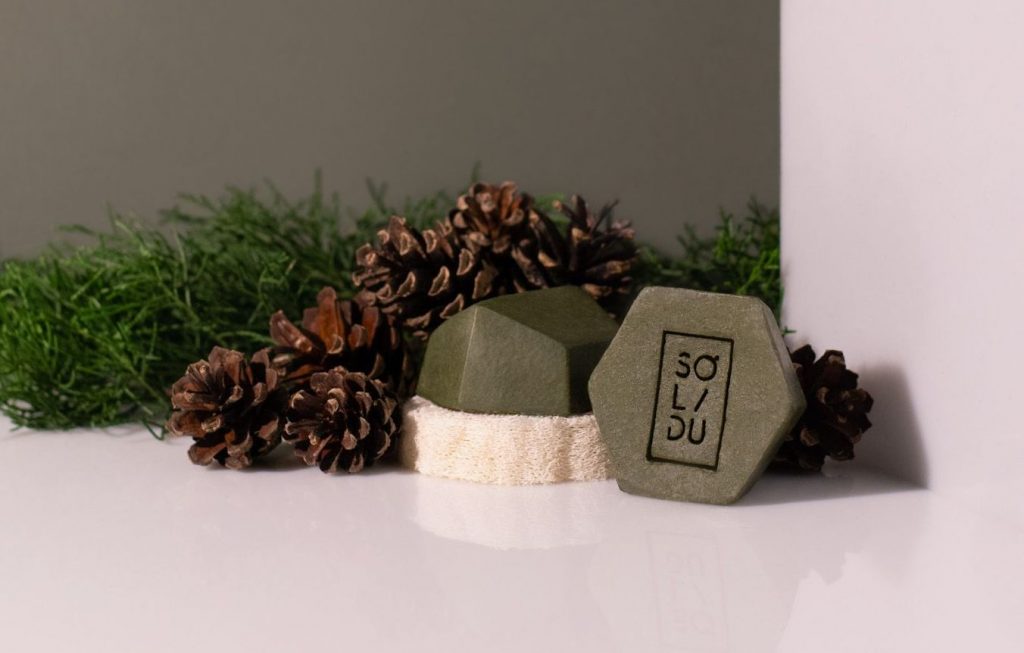
And if you still have concerns about solid shampoos not being hydrating enough, you can always follow up with a separate conditioner. If the idea of using a plastic packaged liquid conditioner with a shampoo bar seems counterintuitive to you, then you could always invest in a conditioner bar as well! Many companies that carry shampoo bars also have solid conditioners, such as the SOLIDU “HAIR CANDY” conditioner with argan oil and shea butter.
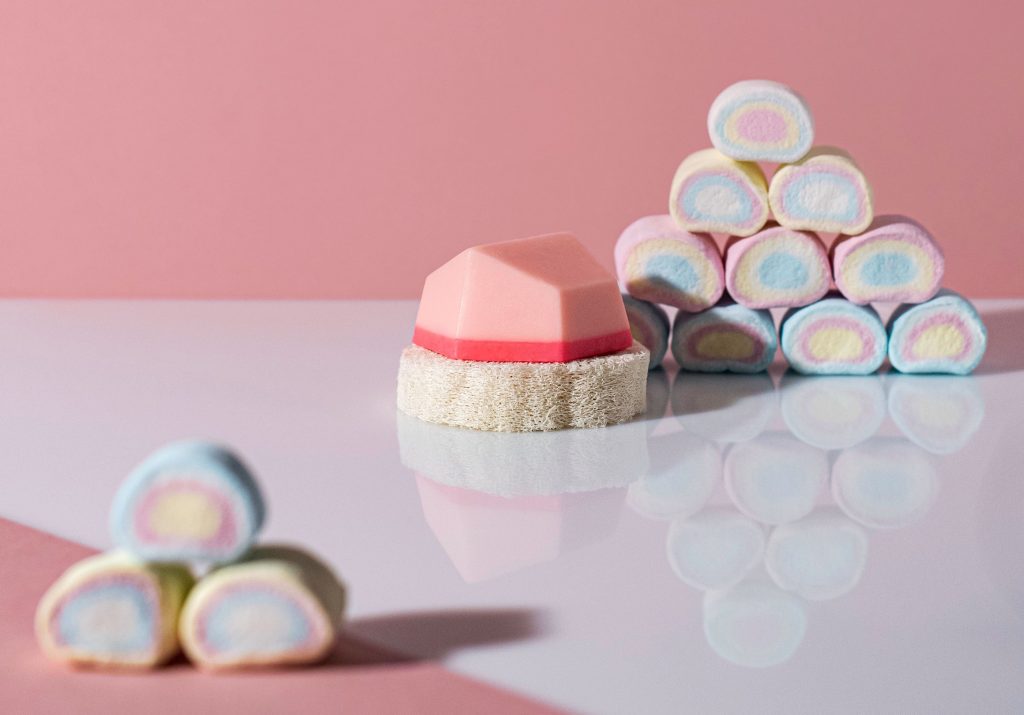
These ingredients are often derived from natural sources, such as stinging nettle to improve hair growth, peony roots to sooth the scalp and reduce itchiness, and mango butter to balance oil production. Essential oils are often included in solid shampoo formulations as well, increasing the potential benefits. And last but certainly not least, many shampoo bars are created without animal products, making them vegan-friendly!
Cleansing power
The main thing you want your shampoo to excel at is, well, cleaning your hair. Since many shampoo bars do not contain the harsh chemical sodium lauryl sulfate, they might not form as much of as lather as you’re used to.
But this doesn’t mean they’re not cleaning your hair as well. In fact, by using products free of SLS you avoid stripping your hair and scalp of essential natural oils. The gentler alternatives in shampoo bars work well to clean your hair and encourage it to “reset” itself to a more natural state.
SLS is a surfactant, meaning that it functions as a detergent and to create foam. Gentler (and still effective!) surfactants include sodium coco sulfate and sodium lauryl sulfoacetate, which are both naturally-derived ingredients. Sodium lauryl sulfoacetate has the added bonus of being environmentally friendly as well!
Ease of use
Another thought or hesitation you may have about switching over to shampoo bars is that they’re “difficult” to use.
With liquid shampoo, you just squirt some shampoo into your hand and massage it onto your head. Done. But what if I told you using shampoo bars could be just as easy?
The most commonly recommended method for using shampoo bars is to first wet the bar, then create a lather by rubbing it in your hands, and then applying that lather and the shampoo bar directly to your hair. Once you have a sufficient amount of shampoo in your hair, scrub as you normally would and rinse with more water. You may also choose to skip the step involving creating the lather beforehand and simply run the shampoo bar over your hair right away.
Either way works, it mostly depends on your personal preference. If you choose to apply the shampoo bar directly to your hair, do be careful to avoid scrubbing too aggressively, as this might lead to tangles.
The bottom line
Solid shampoos are good for the environment, contain more concentrated ingredients to help nourish your hair, generally avoid harsh sulfates such as SLS, are quite easy to use, and yes- they do a great job cleansing your hair.
All of this information about shampoo bars comes together to present a rather compelling case to make the change from traditional liquid shampoo. While it all comes down to a personal choice at the end of the day, if you’ve been thinking about switching up your haircare routine consider this your nudge to take the plunge!
Lithuaninan made SOLIDU product you can find solidu.us and Amazon.
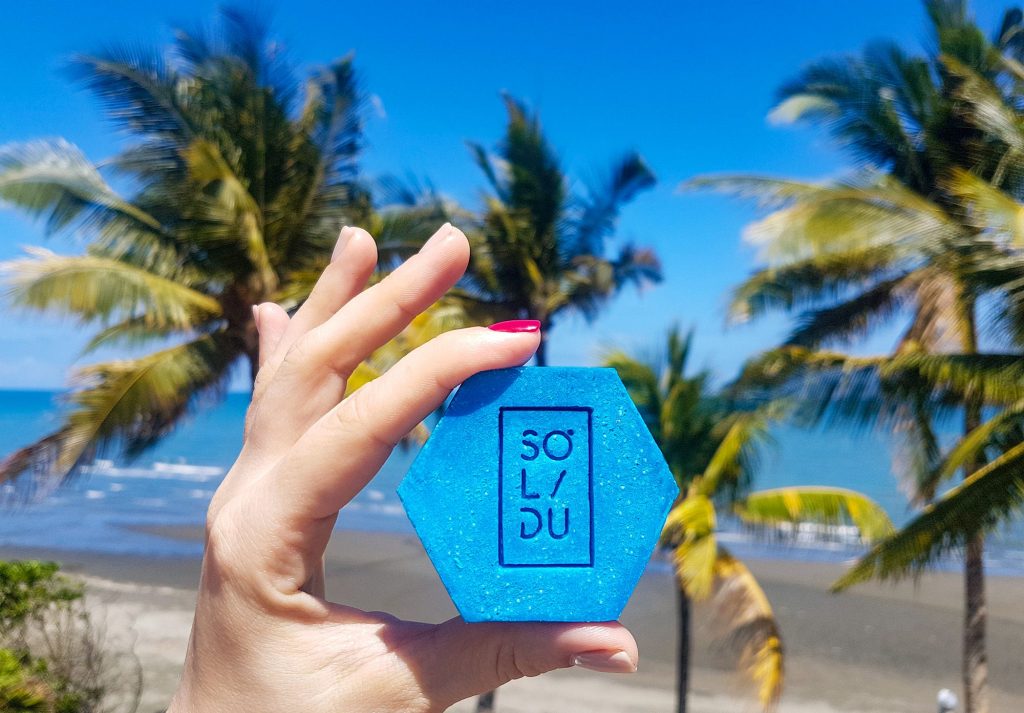
SOLIDU „Exotic” shampoo 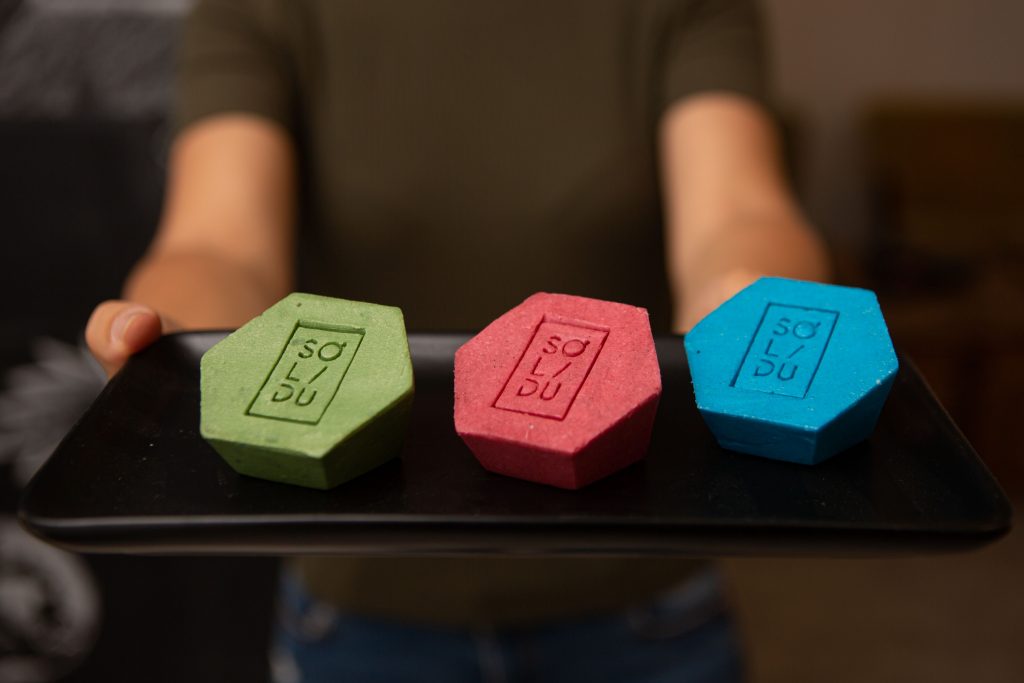
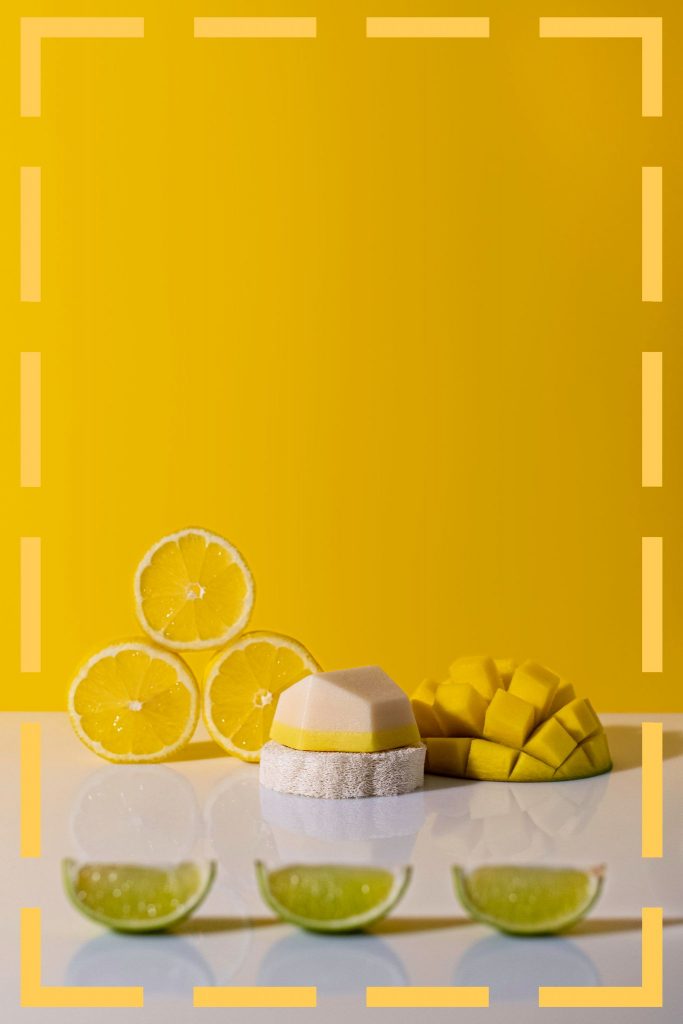
SOLIDU „No knots” conditioner 
SOLIDU „Purity” body soap 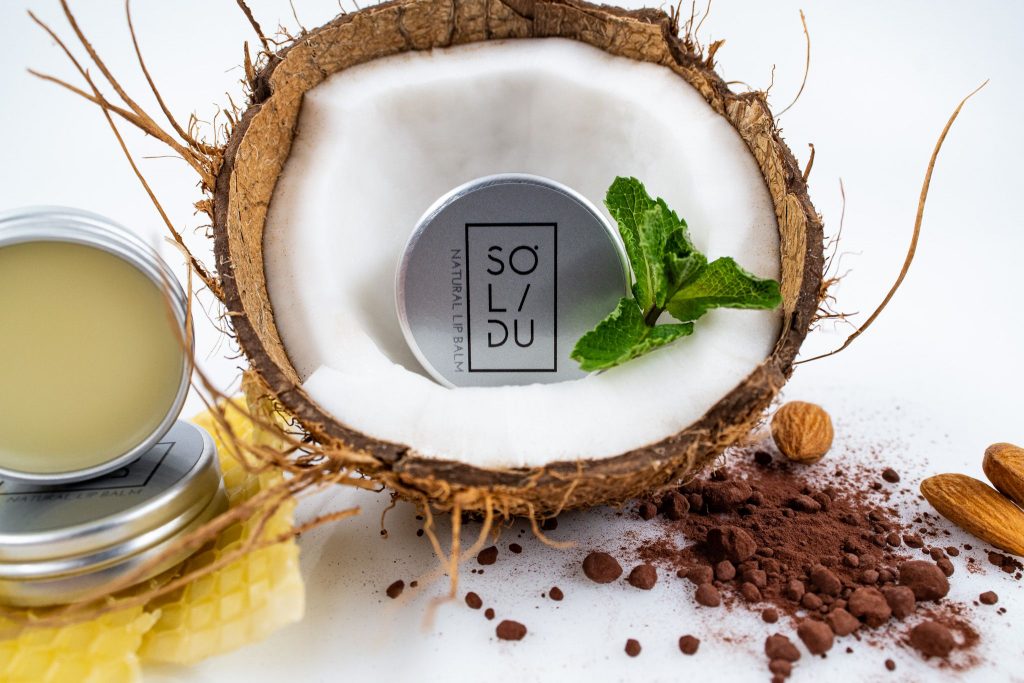
SOLIDU lip balm 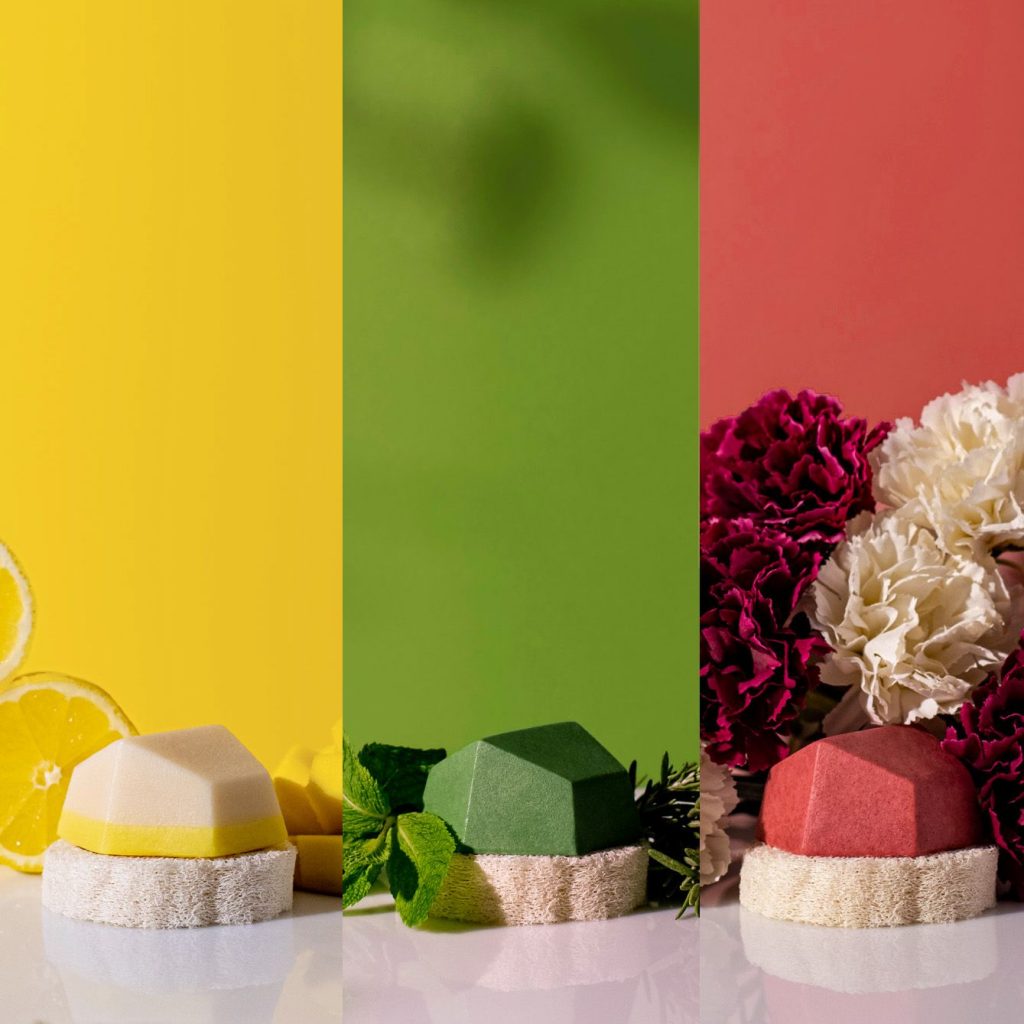
Rėmėjai

